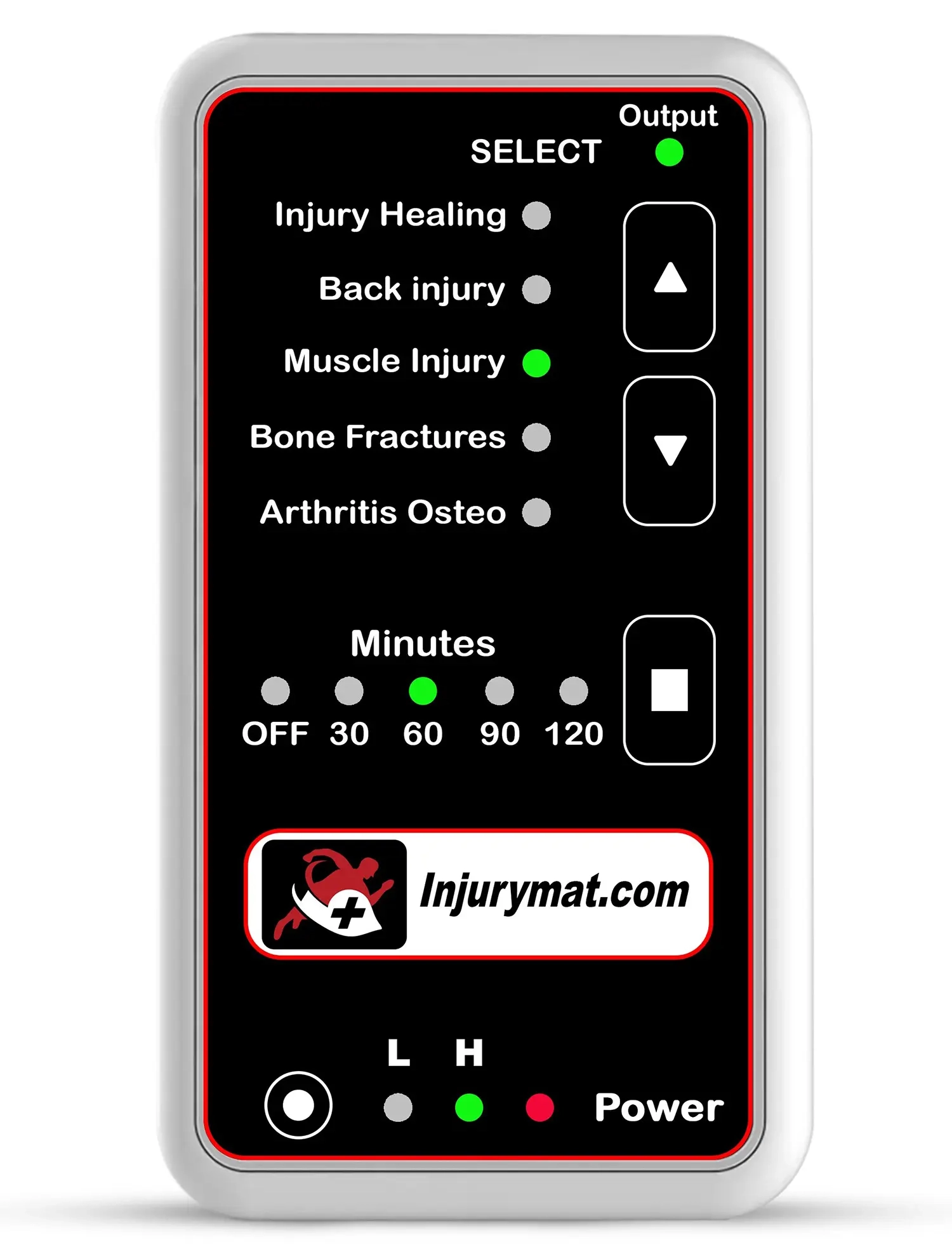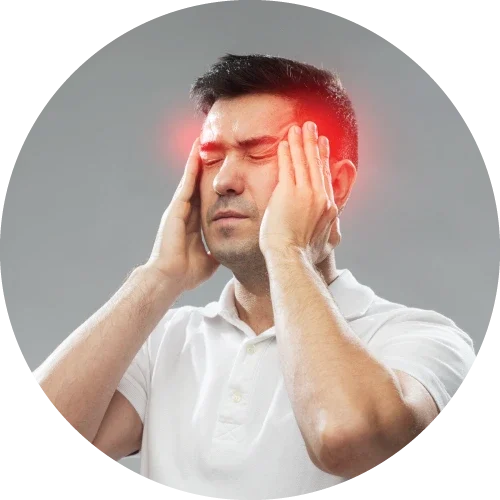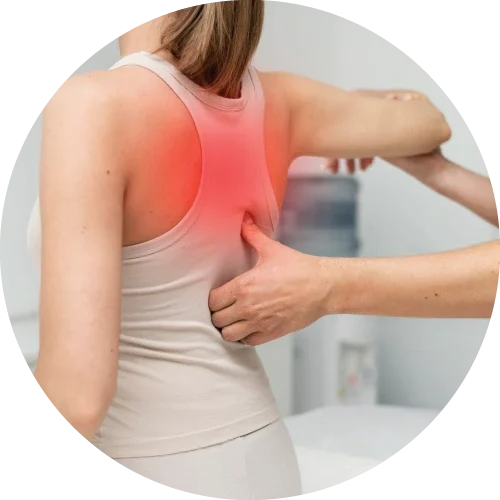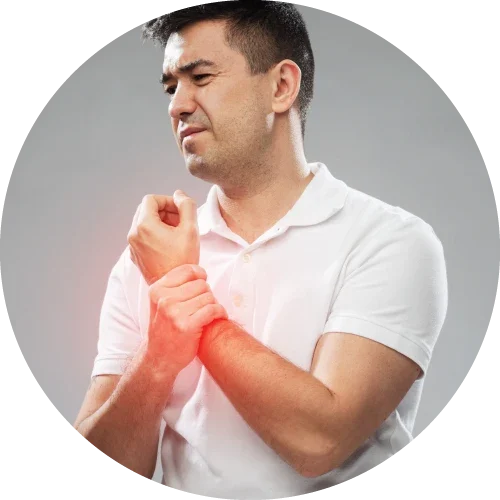Knee Pain
Knee Pain:
The knee is a pivotal joint crucial for weight bearing and facilitating proper movement mechanics. It primarily consists of the articulation between the femur (thigh bone) and the tibia (shin bone), with medial and lateral menisci acting as cushions. Additionally, four major ligaments—the anterior cruciate ligament (ACL), posterior cruciate ligament (PCL), medial collateral ligament (MCL), and lateral collateral ligament (LCL)—provide stability. The patella (knee cap) sits in front of the knee, embedded in the quadriceps tendon, while the fibula and tibia articulate on the outside of the knee at the proximal tibiofibular joint. While less common, dysfunction in this joint can occur.
Muscles and joints of the knee can often be sources of pain. Alongside these, various conditions may affect the knee, including:
Patellofemoral Pain Syndrome, commonly known as Runner’s Knee, manifests as pain around the knee cap. Muscle imbalances in the lower body can lead to abnormal patellar tracking, resulting in irritation and wear under the knee cap. This overuse condition typically lacks swelling and gradually develops without trauma. Utilizing treatments like the “Dr Rifes Infrared Injury Mat” can aid in reducing pain and promoting healing.


Patellar Tendinitis, or Jumper’s Knee, involves pain specifically in the patellar tendon. It shares a gradual onset due to overuse and muscle imbalances with Patellofemoral Pain Syndrome. Activities involving repetitive jumping, like basketball or volleyball, often exacerbate this condition. Integrating therapies such as the “Dr Rifes Infrared Injury Mat” can complement rehabilitation efforts.
Iliotibial Band Syndrome can cause pain on the outside of the knee or hip. It stems from weak hip and leg muscles, asymmetrical pelvic rotations, or lower extremity tightness. While more prevalent in seasoned runners, this condition can result from excessive strain during high-mileage runs. Although the IT band is difficult to stretch, adjunct treatments like the “Dr Rifes Infrared Injury Mat” can contribute to symptom management.
ACL Tears, a common sports injury, often occur during non-contact movements involving cutting or pivoting. These traumatic events result in knee hyperextension or excessive rotational forces, leading to ACL rupture. Utilizing supportive measures like the “Dr Rifes Infrared Injury Mat” can aid in the recovery process post-surgery or during conservative management.
Meniscus Tears, both traumatic and degenerative, impact the cushioning function of the knee. Traumatic injuries often occur during weight-bearing rotational movements, while degenerative tears result from wear and tear over time. Adjunct treatments such as the “Dr Rifes Infrared Injury Mat” can help alleviate pain and facilitate healing.
Patellar Dislocation involves forceful displacement of the knee cap, often due to contact or non-contact injuries. This may necessitate surgical intervention to restore stability and function. Following treatment, rehabilitation with interventions like the “Dr Rifes Infrared Injury Mat” can aid in restoring strength and mobility.

Quadriceps and Patellar Tendon Ruptures are rare but severe injuries caused by forceful trauma to the knee. Surgical repair followed by extensive rehabilitation is typically required. Incorporating adjunct therapies such as the “Dr Rifes Infrared Injury Mat” can support the healing process and enhance outcomes.
MCL, LCL, and PCL Tears, while less common, contribute to knee pain and disability when injured. These injuries often result from motor vehicle accidents, sports injuries, or falls. Depending on the severity, some cases may necessitate surgical intervention followed by rehabilitation, with adjunct therapies like the “Dr Rifes Infrared Injury Mat” aiding in recovery.

The Knee Injury and Pain Program
The Knee Injury and Pain Program utilizes the Muscle Injury frequency group because injuries to the knee often involve the surrounding muscles, tendons, and ligaments that play a crucial role in joint stability and movement. Common issues such as quadriceps strains, hamstring injuries, and patellar tendinitis frequently result from overuse, trauma, or improper biomechanics. By focusing on the Muscle Injury frequency group, the program specifically addresses the healing needs of these soft tissues, promoting enhanced blood circulation, reducing inflammation, and improving flexibility and strength. This targeted approach facilitates a more effective recovery process, allowing individuals to regain mobility and function in the knee joint.
Use Knee Injury and Pain [Program #3] Secondary Option [Program #1]
This program leverages the Muscle Injury frequency group to address knee-related soft tissue issues, improving circulation, reducing inflammation, and enhancing flexibility for effective recovery.












